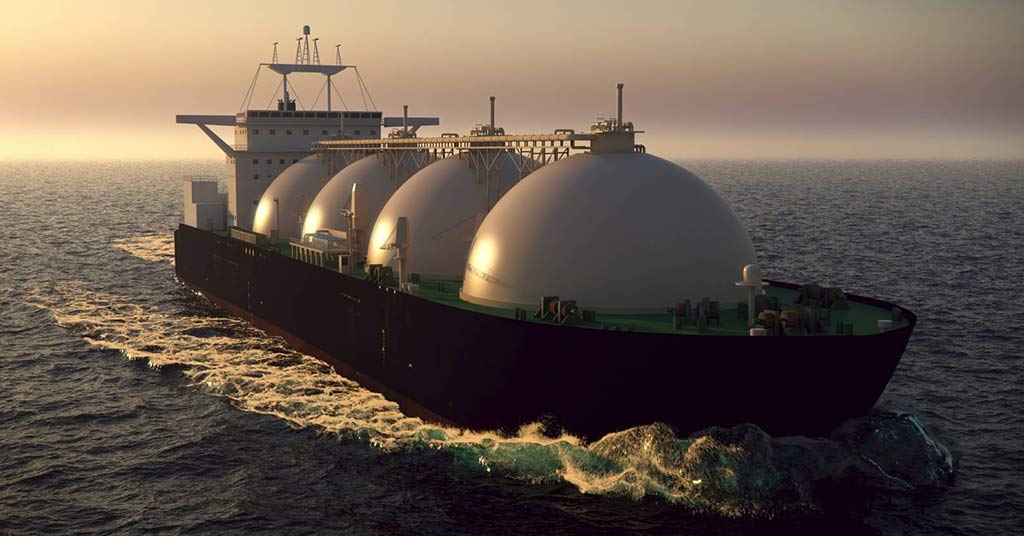Despite A Supply Surplus, LNG Ships Divert Away from South Korea
- 14-Apr-2023 4:59 PM
- Journalist: Jai Sen
South Korea: South Korea now has an oversupply of LNG inventories due to the weak incentives for gas burn in the power industry and the present mild weather. There is little chance of large stock drawdowns in the upcoming months until there is a significant increase in cooling demand, despite the recent rerouting of several laden carriers out of the nation.
For instance, the 174,000m3 Extremadura Knutsen originally had a destination of South Korea. The South Hook and Dragon LNG facilities at the Milford Haven terminal, which have a combined capacity of 19.6 million t/yr have changed the ship's intended destination. On March 27, the ship departed from Pampa Melchorita, which has an annual capacity of 4.4 million tons (t) and is anticipated to arrive at its new location on April 22.
In order to manage their inventories properly, market participants in South Korea, including Kogas, have reportedly been looking at swap agreements. The fact that Kogas has a 25-year contract with Shell's Pampa Melchorita for 3.64 million tonnes annually suggests that the anticipated delivery may have been covered by this agreement.
Another ship, the 145,900 m3 LNG River Orashi, was recently redirected from the Boryeong LNG terminal in South Korea to the Map Ta Phut plant in Thailand, which has an annual capacity of 11.5 million tonnes.
The Papua carrier, which has a capacity of 172,000 m3, also appears to have been switched earlier this month from Japan's Sakai facility, which has an annual capacity of 2.7 million tonnes, to South Korea's Gwangyang port, which has a capacity of 3.3 million tonnes.
The South Korean LNG company Kogas has reportedly requested to use the Downward Quantity Tolerance (DQT) provision on several of its term supply contracts because its stockpiles are currently between 80 and 90% filled. Following a spike in imports the month before, South Korea's total LNG revenues in March fell in comparison to the prior year. The mild weather since February is thought to have curtailed consumption, which is the source of this reduction. Within 1 February and 12 April, Seoul's overnight temperatures were 1.5 degrees Celsius above seasonal averages, which reduced the need for heating.
Gas demand in the power sector has fallen in recent months as gas-fired production has found it difficult to compete with coal.
Since the 1.4GW Shin Hanul 1 began operating commercially at the beginning of December, more constraints on gas generation have resulted from its debut. In addition, it is expected that restrictions on LNG consumption would remain in place in the following months. This is because there is anticipated to be a big increase in nuclear power, together with warm weather predictions that may potentially lower any early summer heating demand.
The Korea Meteorological Administration (KMA)'s most recent forecasts indicate that temperatures in the capital will remain 1.6°C above seasonal averages for the remainder of April, with a 50% possibility of above-average temperatures in the first part of May. The maximum temperatures are predicted to be below 26°C until late May, which may restrict the need for additional heating, and early summer cooling needs may also be reduced by this.


